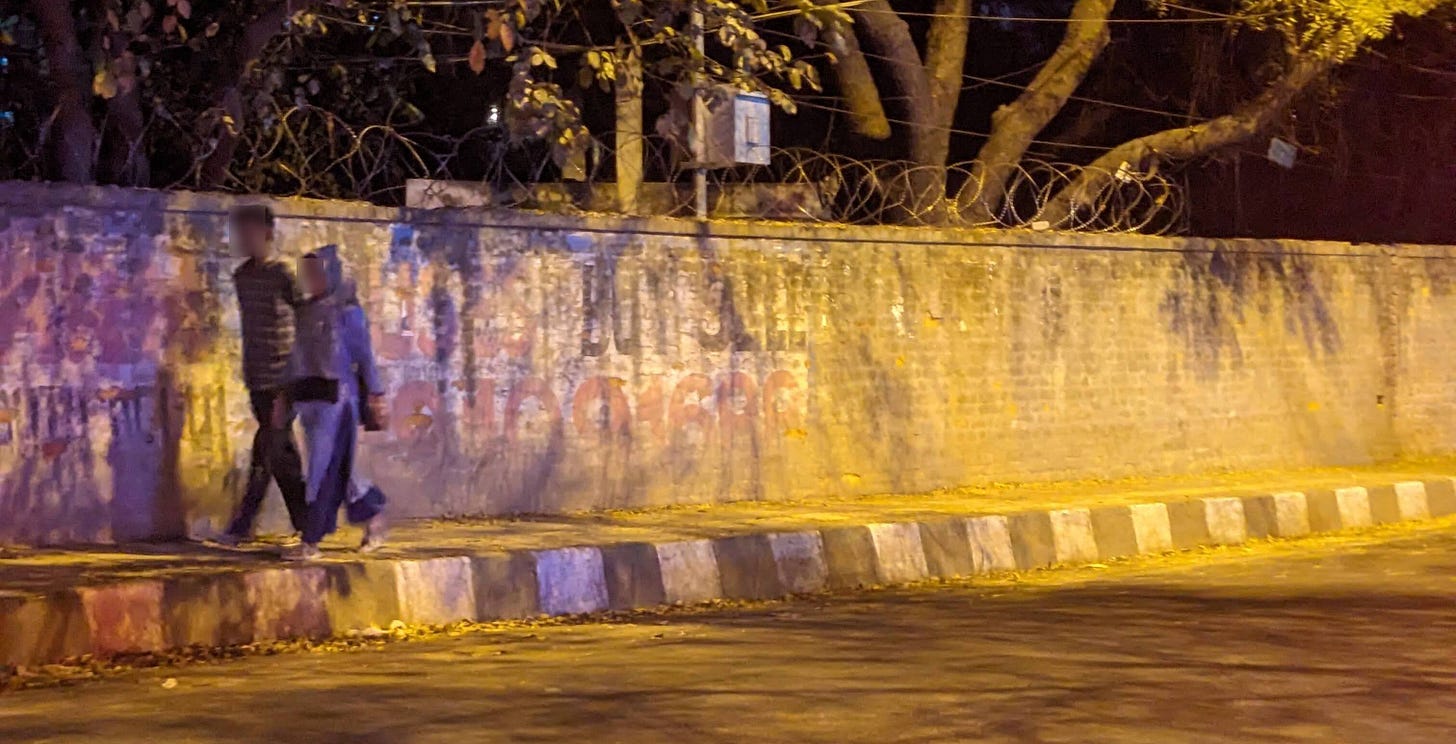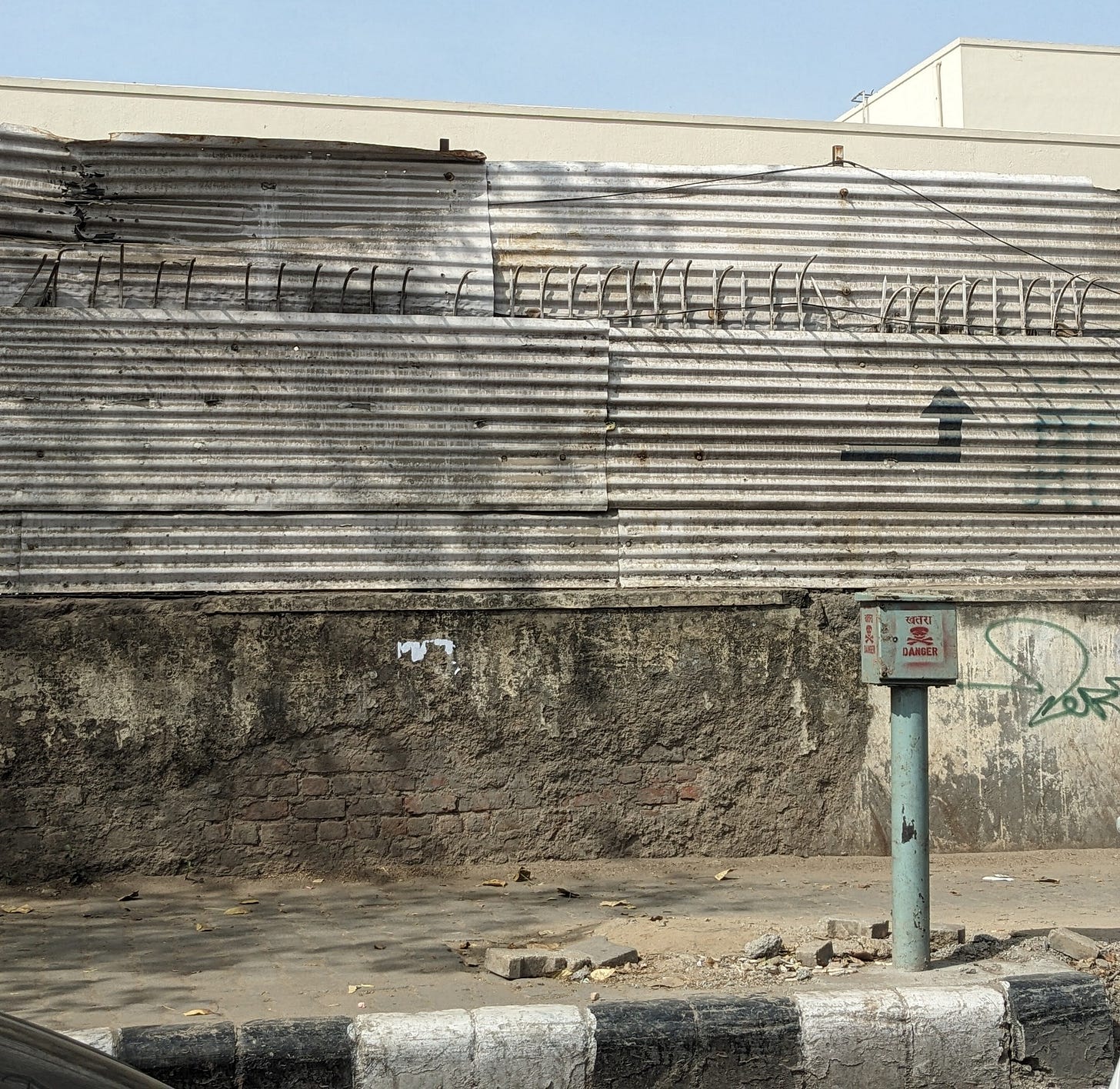A city’s life can be judged by the life on its streets. To see streets as paths for movement, is just one way too look at them. When zoomed in, streets also come across as stretches that join many points of interest in a person’s life, together. These points can be points of access to different buildings. And depending on the use buildings are put to, streets join up different needs a person may have. It can be to do a grocery run in a supermarket, to shop for a jacket in a clothing store, get a coffee in a cafe, or obtain services like a haircut in a salon, childcare in a creche, postage in the post office, or accounting in an audit firm. Through these connections, streets form a network of people, connecting them and their activities. People flourish when these networks flourish.
But that's just one role. Another, less appreciated role streets perform is to offer people a place to be in. When not in their homes or inside buildings, it’s not unusual for people to be on a city’s streets, to just socialise or hang out. Making streets, in fact, a public place. Vibrant cities have vibrant streets, full of exchanges with familiar persons or unknown strangers.

In these senses, streets are not just paths to access buildings, but also a place to simply be in. But what when there are no streets?
Delhi’s lived reality, is a story of life without streets. Streets failed to spring up in regions like in South Delhi, because they were designed not to, and this affects people's lives, deeply.
Streets are stubbed, when access to buildings are blocked, and people are removed from public spaces.
Sights in and around South Delhi are of tall, fort like boundary walls. These boundary walls play a negative role. They are used to remove spaces from the city. These fort like boundary walls isolate large pockets of areas, like in Vasant Kunj and Greater Kailash. Instead of house entrances opening to streets, housing units are designed to have their backs to the road, cordoned off by boundary walls. Hundreds of houses have just one common point to enter, and one point to exit.
When buildings are made inaccessible this way, streets fail to emerge. Connections between one boundary entry to another can be made only through a road. There are no gallis, only a sadak remains, instead.
Footpaths or pavements laid across boundaries in Delhi are like ornaments. They serve no real function. If they’re removed, it’ll have little impact on people’s lives. Wide pavements make for great public places, in Delhi unfortunately, they are isolated, uncomfortable stretches, devoid of any activity.
The pavement surrounding these walls, must not be mistaken for streets. It's ironical to have such lonely, lifeless, and dark stretches, right next to areas where thousands live.

What may have been a design failure, unfortunately has become a norm. Residents often mimic to build their own private boundary walls, naming them private colonies. Their boundaries are L shaped, with gates installed at both ends of a lane. A street that could have been a public space for many is shut with private security hired to remove people. What could have been a neighbourhood, becomes a garrison, instead.

The map above shows a contrast of a region with and without streets. It is a satellite view that shows wide trunk roads connecting various residential pockets, that are surrounded by tall boundary walls in Vasant Kunj (in red). This a typical example of a planned and designed area replicated throughout Delhi. Across the wide roads is Kishangarh, an area left to its own devices. Despite high density and crunched spaces, it has an intricate connections of lively streets (in violet), where commerce and communities thrive.
Gated societies, one may think, is a response to crime. But it's the other way round. This gated-ness and fortification, is encouraged by state and enforced by urban plans. Large land parcels, are captured by the state and taken out of public use. Poor safety is in fact a direct result of the lack of movement and life in and around these large land parcels. No wonder, when surveyed, almost everyone in Delhi responded that they fear for the safety of an unaccompanied female, post 9 pm. Without streets, state’s effort to strengthen rule of law alone, cannot solve the safety problem.
By design there will never be activity on Delhi's streets. What is true for South Delhi is true for West, North, North-West, and East Delhi too. Except for Old Delhi, known for its vibrant streets. A street in Old Delhi is a public place, where markets like the once remarkable Dariyaganj Sunday book bazaar, among many others, flourish. Old Delhi is also a vision of what vibrant mixed use does for a city. It is the potion that looks after the health of streets. An idea I return to in another post, soon.




